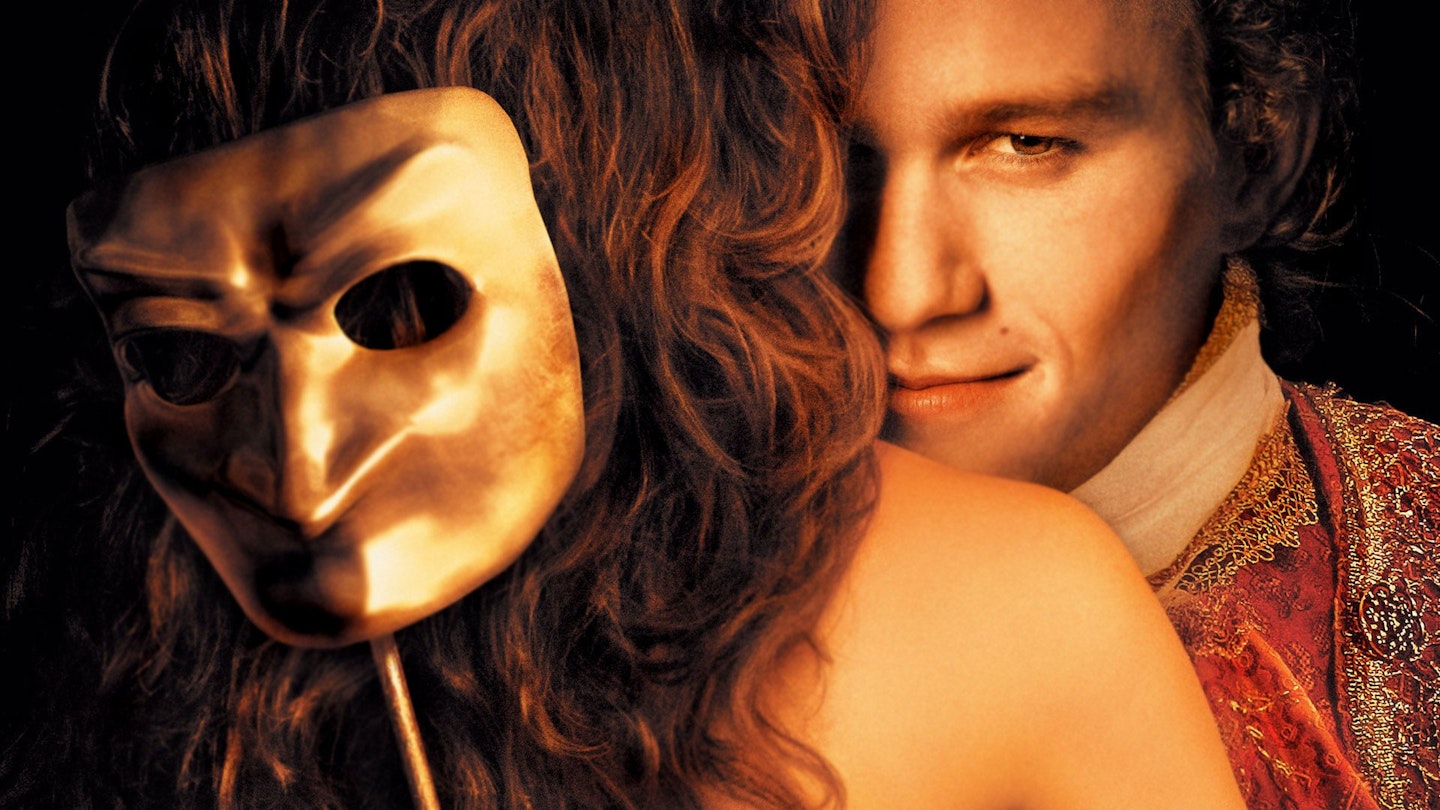Never one to make a definitive statement, Federico Fellini declared this fantastical portrait of Giacomo Casanova to be both my most complete, expressive, courageous film' and the worst film I ever made'. Although it's studded with trademark moments, this isn't one of Fellini's finest hours. But, considering the chaotic conditions under which it was made, it's far better than it had any right to be.
Depressed by the state of his marriage to Giulietta Masina and pressing tax problems, Fellini had little enthusiasm for the project when it was mooted by Dino Di Laurentiis. He was even less taken with the producer's suggestion of Robert Redford for the title role. Similarly dismissing Marlon Brando, Al Pacino, Jack Nicholson and Michael Caine, Fellini insisted on Marcello Mastroianni, as he was not only an easy collaborator, but also something of a lothario himself. But, even after De Laurentiis withdrew, Fellini had to abandon Marcello and accept the casting of Donald Sutherland to appease his new Hollywood backers.
Fellini treated the Canadian with disdain from the off and the more he struggled to come to terms with his character, the more the director left him to his confusion. Yet, Fellini's problem lay less with the actor than with his loathing of Casanova himself.
Disregarding his achievements as an author and enterpreneur and his exploits as a gambler and spy, Fellini chose to focus on Casanova's reputation as a great lover and took sadistic delight in depicting him as a washed-out shell looking back on his past, without any appreciation of either the disdain of those who once feted him or the fact that his pursuit of pleasure had dulled his ability to feel.
Some saw Fellini's own despair in this depiction. But Sutherland's detachment from the `braggart Fascist' of the director's jaundiced design makes this technically impressive exercise seem even more morally and intellectually barren.
